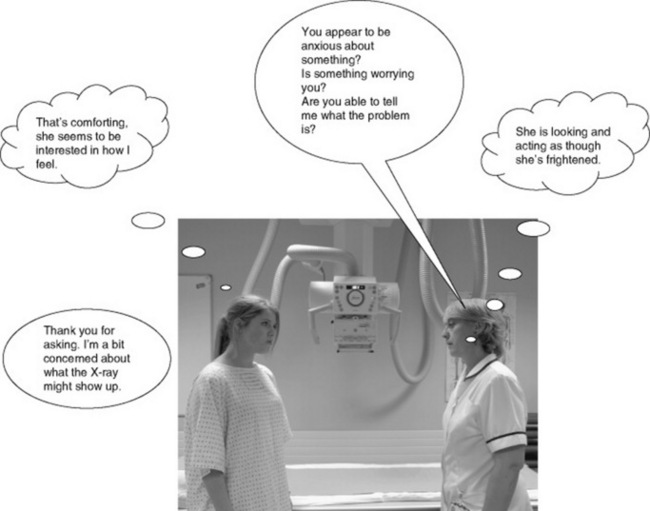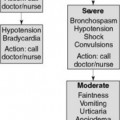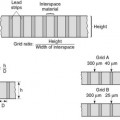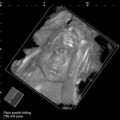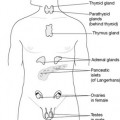Chapter 3 Communication
 Communication has three key components – verbal communication, non-verbal communication and active listening.
Communication has three key components – verbal communication, non-verbal communication and active listening. Effective communication may be hindered by the environment, language barriers, physiological problems preventing the patient from communicating effectively and psychological issues.
Effective communication may be hindered by the environment, language barriers, physiological problems preventing the patient from communicating effectively and psychological issues. Interprofessional working involves communication between all individuals involved in the care of a patient.
Interprofessional working involves communication between all individuals involved in the care of a patient. Interprofessional working encourages the care of patients from all aspects at all times, enhancing the patients’ perception of their care.
Interprofessional working encourages the care of patients from all aspects at all times, enhancing the patients’ perception of their care.INTRODUCTION
Humans communicate by using language, which may be divided into two separate parts – verbal and non-verbal – performed consciously or unconsciously, each with its own function but often intrinsically bound to the other. Written communication in radiography is primarily the use of investigation request cards and case notes. With the advent of a computerised imaging system there is an increasing reliance on electronic forms of communication.
EFFECTIVE COMMUNICATION
Effective communication significantly improves health outcomes by:
VERBAL COMMUNICATION
The verbal use of words, phrases and sentences includes the prosodic (intonation, rhythm, pausing) and also paralinguistic systems (the vocal utterance of sounds, e.g. ‘mmm’, ‘uh-huh’).1
Within radiography there are many technical terms which patients may not understand; however, it is important for practitioners to be able to convey the information and instructions in a suitable manner. The effectiveness of a practitioner’s communication will depend on the ability to use jargon-free and familiar language with patients.2
NON-VERBAL COMMUNICATION
EXAMPLES OF NON-VERBAL BEHAVIOURS
Facial expressions
The face can respond instantaneously, providing immediate feedback to others. This may be useful in certain situations where demonstrating empathy, concern and understanding to your patients is important. However, consider the messages that may be perceived if practitioners display uncontrolled, inappropriate facial expressions when faced with offensive body odours or unexpected, unpleasant visual information in the course of their work.
Emotional expression is under voluntary control and can be artificially manipulated, with the face demonstrating intensification or reduction of the emotion. In reality, trying to distinguish people’s emotions from their facial expressions is often more difficult than we imagine because some people are capable of masking their true emotions. Social and cultural norms may distort expression of emotion (Fig. 3.1).
Eye contact
Eye contact can signal a desire to engage and communicate with another person. Others perceive gaze as a signal that they are liked.
Gestures
Stay updated, free articles. Join our Telegram channel

Full access? Get Clinical Tree



